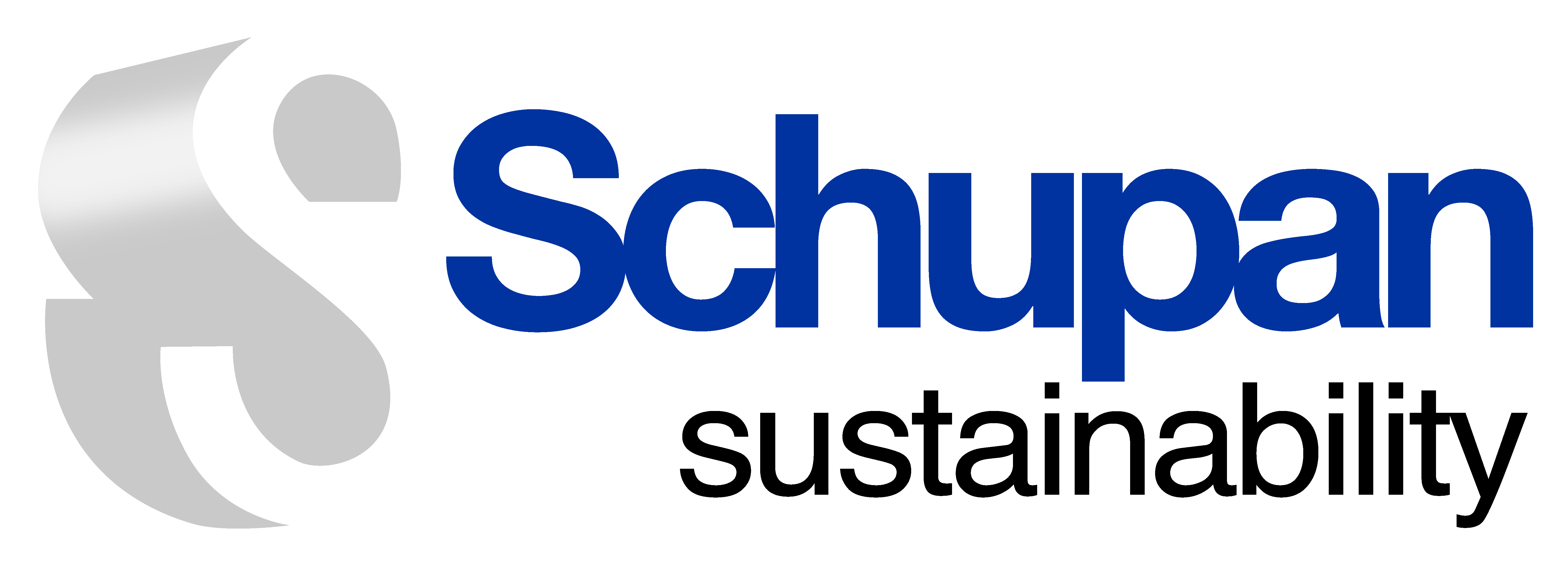You may be familiar with the term procurement. Many large organizations have entire departments dedicated to procurement. In terms of sustainability, procurement is the hidden key to any successful waste reduction program and incredibly valuable if you are doing a comprehensive carbon emission calculations. It is also one of the most overlooked aspects of any sustainability program.
To begin, we’ll break down sustainable procurement into three considerations.
Location
Where are you buying your product from? Are you purchasing your product from a local business or from a business located outside of your region?
One of the backbones of sustainable procurement is purchasing locally and utilizing local vendors. Choosing local will vitalize your regional economy, decrease your carbon footprint, and provide valuable marketing opportunities for local businesses they wouldn’t normally have.
Purchasing local doesn’t come without challenges. Challenges include:
- Increase in price points
- Not being consistent with your procurement if you are purchasing for multiple locations
- Amount of available inventory
Source
The materials that make up your product, where does it come from? If you are purchasing bananas, you might be purchasing those bananas from a local grocery store, but what is the origin source of the bananas? Were they farmed responsibly? Are they organic? The flowers that you purchase for your centerpieces at your annual event – are they native flowers to your region or country? Understanding the source of your item could be hard to fully research, but is impactful in your decision making process.
There are organizations developed to maintain the integrity of the source supply for certain products. One of the most well-known is Fair Trade, which you’ve probably heard when talking about coffee. Another organization is the Forest Stewardship Council, or FSC, which oversees paper and provides designations for the sustainably sourced paper you use every day.
Type
Procurement is a key aspect of any waste reduction program. If you want to have a successful waste reduction program, you must purchase products that are recyclable or compostable. If you can control what goes in to your event, venue or community, you can control what comes out. Signage is a hard product to procure. Coroplast and BioBoard are great recyclable examples of signage that can be purchased in place of laminated or vinyl signage which would otherwise go to the landfill.
Another component of product type is your material composition. Take plastic cups for example. You can purchase plastic cups made from #1 plastic (which is 100% recyclable). You can also purchase #1 plastic cups made from rPET (which is recycled plastic). The latter option supports the circular economy by using recyclable materials to create new materials, resulting in less virgin material from being produced.
How do I start reviewing my procurement?
Reviewing your procurement can be a cumbersome process. Here are four steps to get you started:
- Identify your top three vendors.
- Identify your most purchased products.
- Do your research. Are more local options available for these vendors and products? Are they of equal or lesser quality? Are they comparable in experience level? By giving a contract to a local company, could you help them build their business? Are the items recyclable?
- Make objective comparisons. Humans are creatures of habit. We prefer established, trusted relationships; resist change; and like what is familiar to us. Which is why changing who we do business with or where we buy our products from can be a difficult decision.
There are some procurement challenges you simply cannot overcome. A product may be vital to your operation that you cannot source sustainably. A business relationship may be too hard to sever for a more sustainable option. The price print may not be feasible?
Creating a balance with your sustainability needs is vital to your success. Your procurement will one of the most challenging in creating this balance. You may source a product that is has a higher carbon footprint, but is the only quality of product available to meet your quality standards. Being sustainable does not have to compromise the integrity or quality of your business.


One Reply to “Introduction to Sustainable Procurement”
Comments are closed.